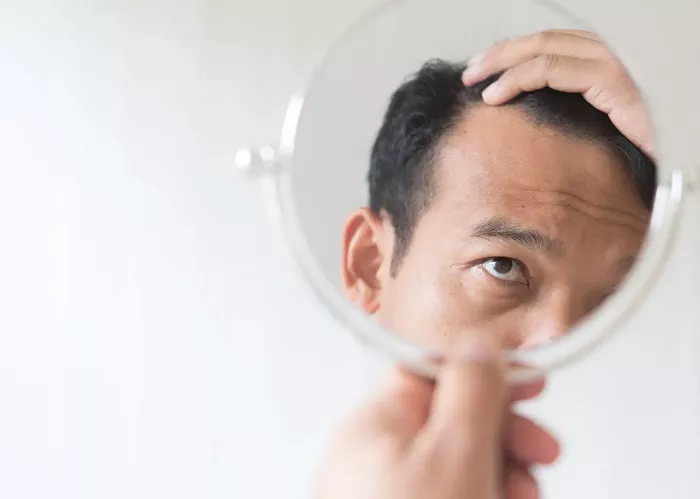Researchers at San Carlos Clinical Hospital in Madrid have unveiled a groundbreaking treatment that may revolutionize the fight against androgenetic alopecia, commonly known as pattern hair loss. This condition affects approximately 80 million Americans—50 million men and 30 million women—with men typically experiencing receding hairlines and bald spots, while women tend to see thinning at the part line without complete baldness.
The study, published in Stem Cell Research and Therapy, tested a combination therapy using fat-tissue-derived stem cells alongside the energy molecule ATP to stimulate hair regrowth in mice. The results were remarkable: 100% of male mice regrew fur, with half showing full regrowth and the other half exhibiting intensive hair revival. Female mice also responded positively, with 90% displaying intense or complete hair regrowth.
Eduardo López Bran, head of Dermatology at Hospital Clínico San Carlos, explained the innovative approach: “This method stimulates hair regeneration by combining the regenerative capacity of stem cells with the energy provided by ATP. This synergy supports hair follicle recovery and promotes hair growth.”
While these results are promising, human trials are necessary before the treatment becomes widely available. López Bran emphasized the potential impact: “In the future, we aim to offer new solutions that meet patients’ expectations, prioritizing their well-being through advanced treatments.”
This breakthrough comes amid growing interest in hair transplant surgery, which remains a popular choice for those seeking permanent solutions. However, experts warn that hair transplant costs and recovery times can vary, often requiring multiple procedures to achieve optimal results. Dr. Samuel Lam, a Texas-based facial plastic surgeon specializing in hair restoration, cautions against unqualified practitioners, noting a troubling trend especially in Turkey and increasingly in the U.S., where patients undergo surgery without proper consultation or oversight.
Additionally, concerns over existing hair loss medications like finasteride persist, with some patients reporting severe side effects known as post-finasteride syndrome (PFS). Stories have emerged, including one woman’s account of how PFS affected her husband’s health and their marriage.
As researchers continue developing safer, non-hormonal treatments—including pills, gummies, and repurposed drugs—this new stem cell and ATP therapy offers a hopeful path forward for those struggling with hair loss.
Related Topics:
- 8 Best Countries to Get a Hair Transplant
- Buffalo Bills Rookie Advocates for Kids Battling Alopecia After Hair Transplant Surgery
- Yalla Hair Transforms Lives with Non-Surgical Hair Restoration in Dubai


